Learn more about books and games from WWI (and from modern times!)
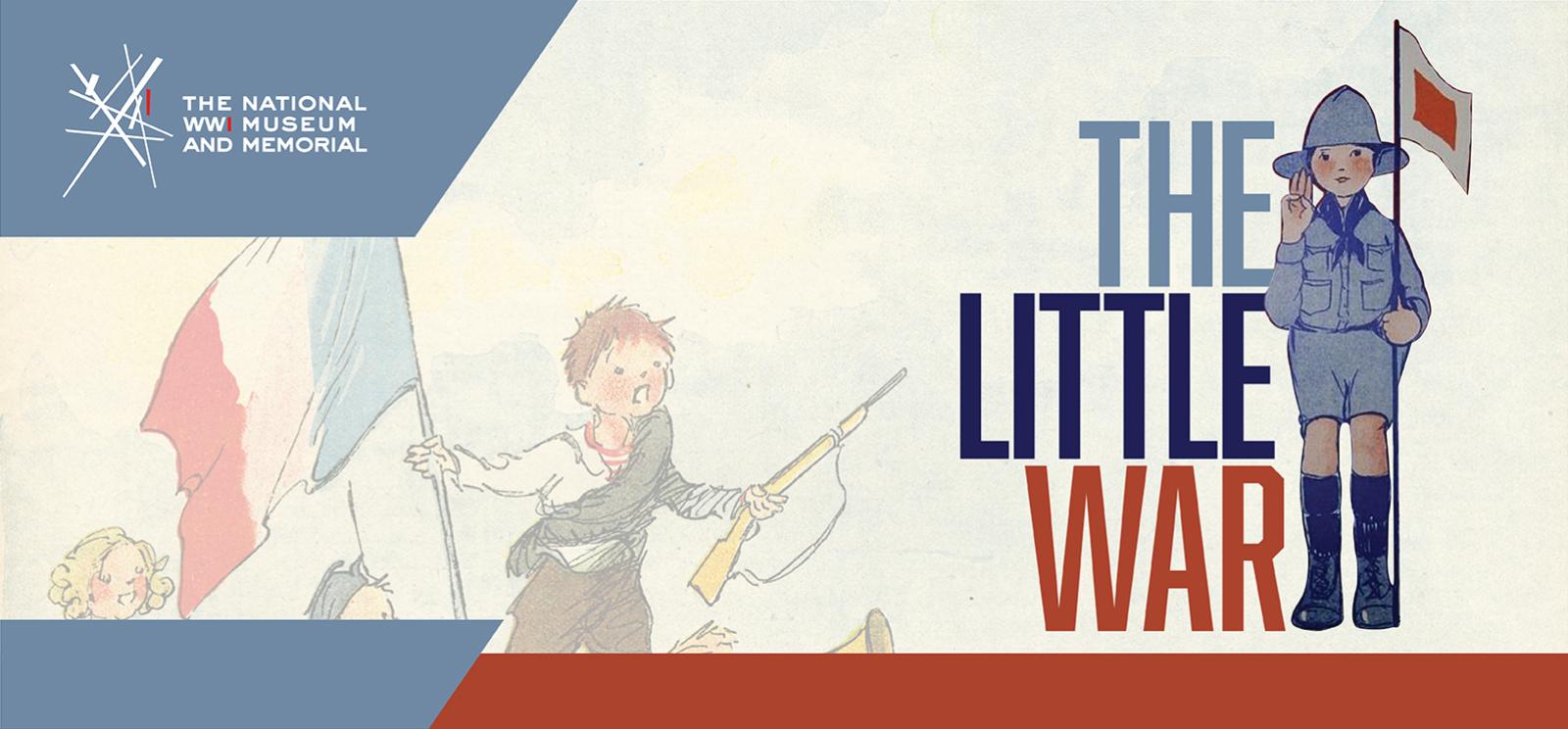
Sheet music dedicated to four-and-a-half-year-old Thelma Dell Daniels, a pretend captain in the American Expeditionary Forces.
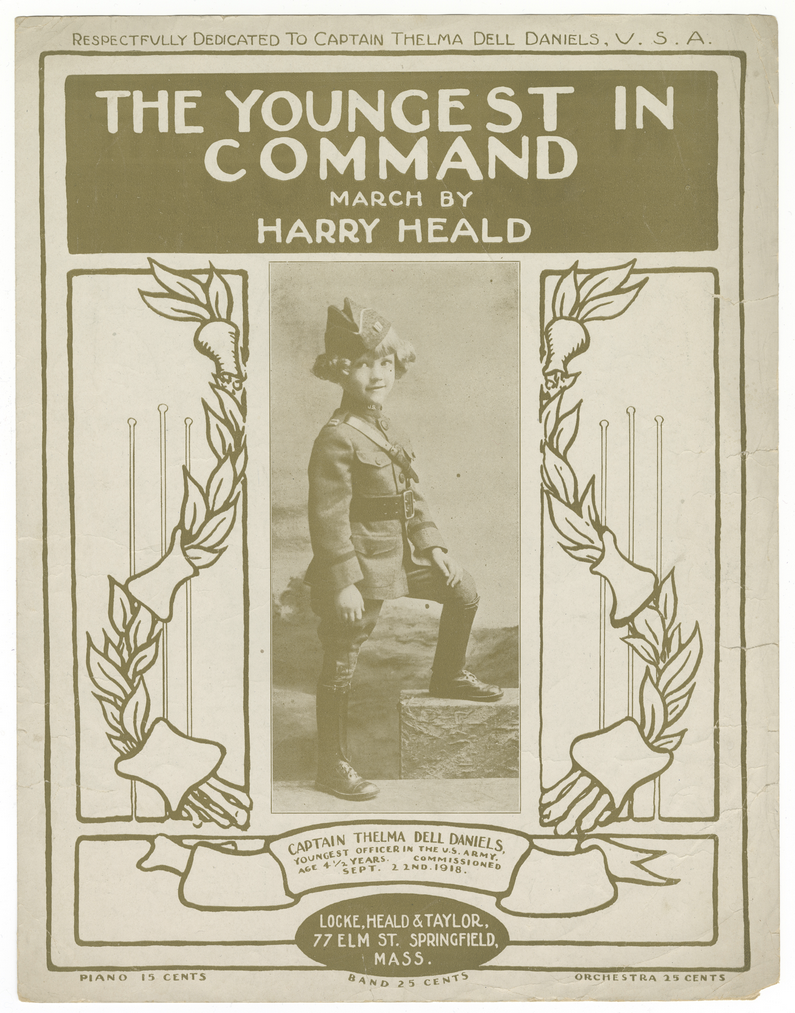
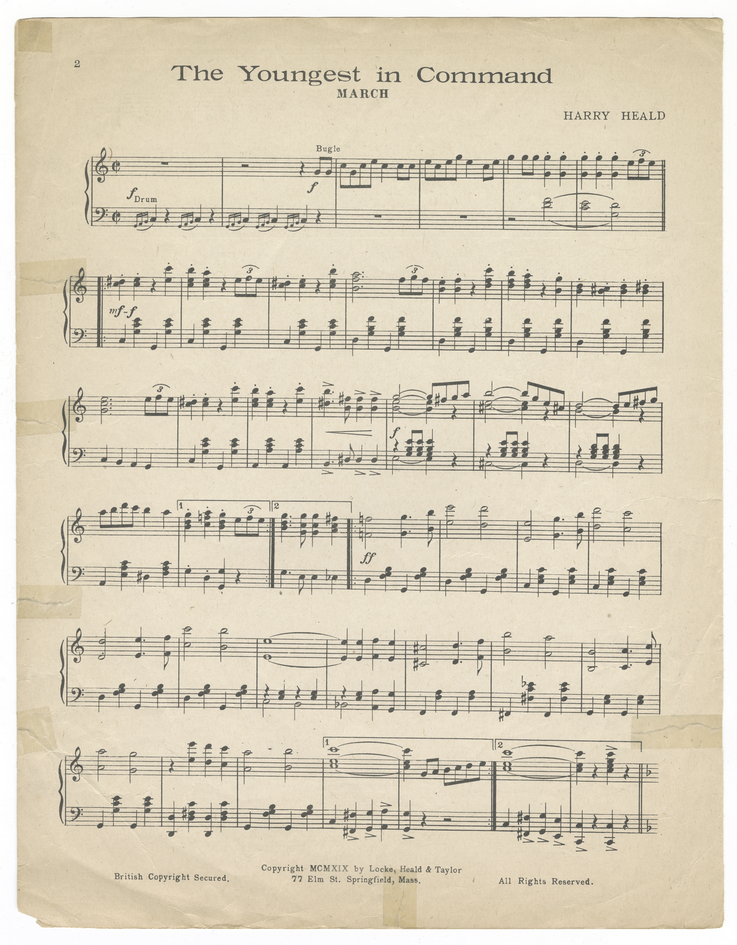
Click on the arrows to flip through this American storybook.
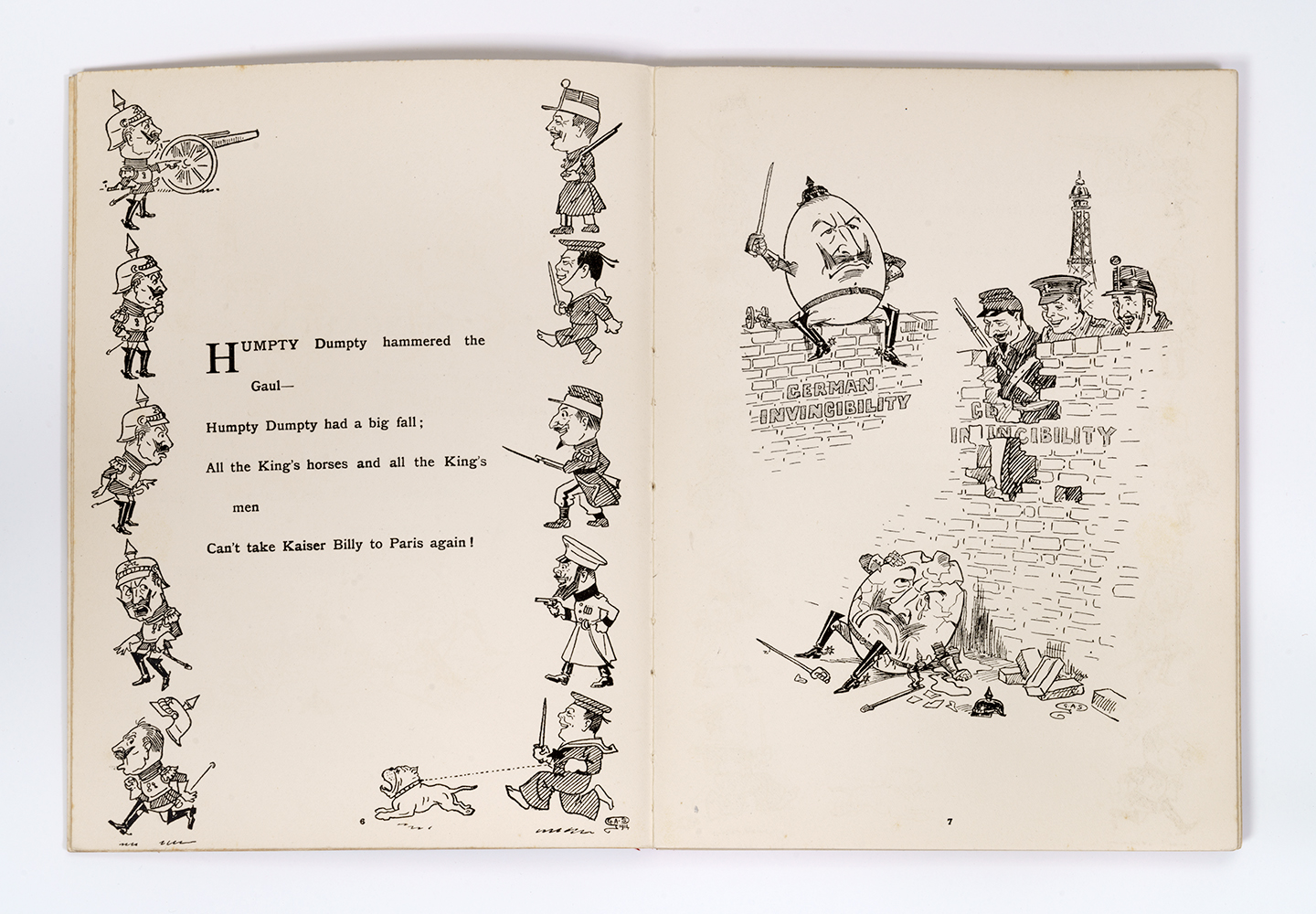
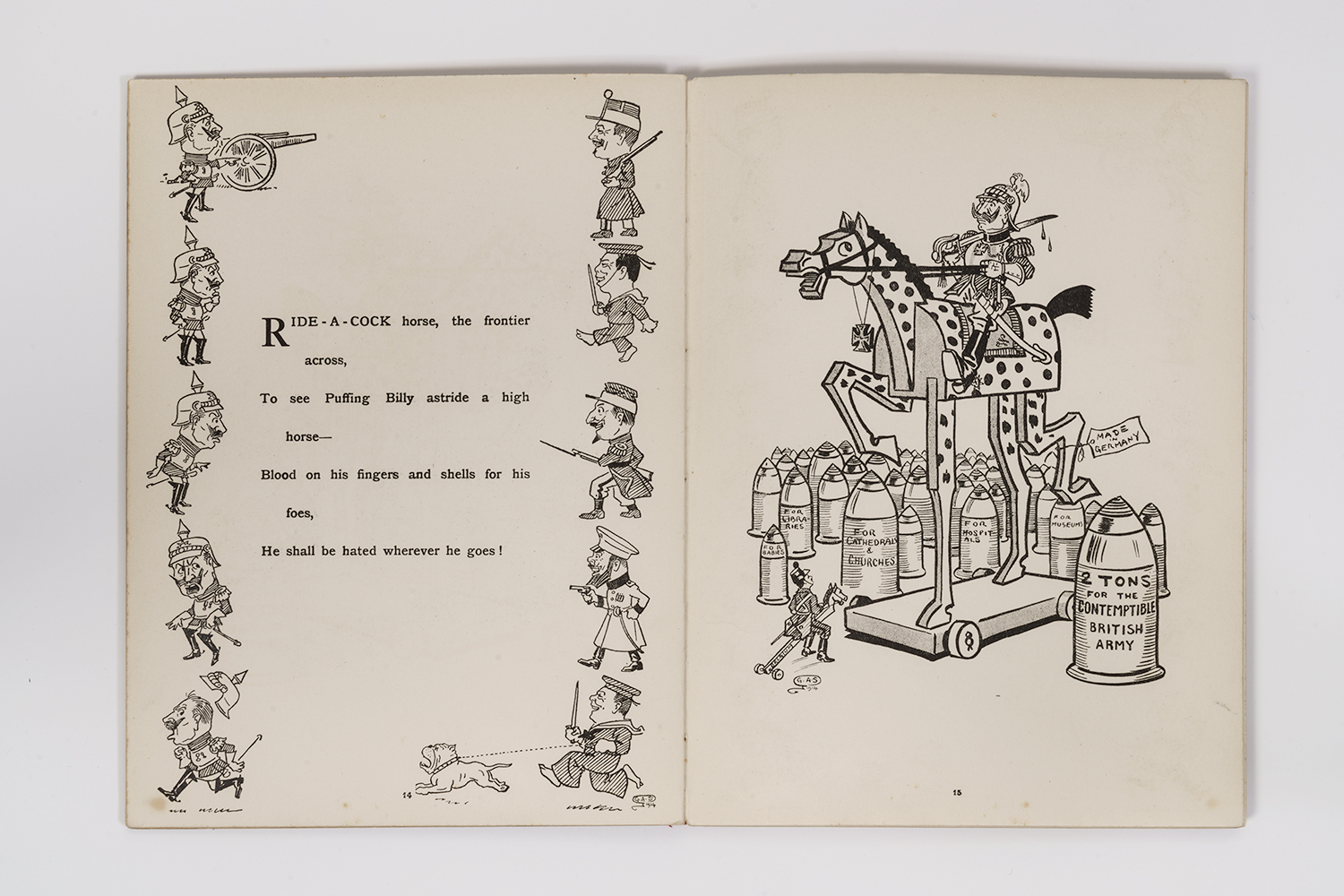
This British children's book contains popular nursery rhymes rewritten to mock the German military.
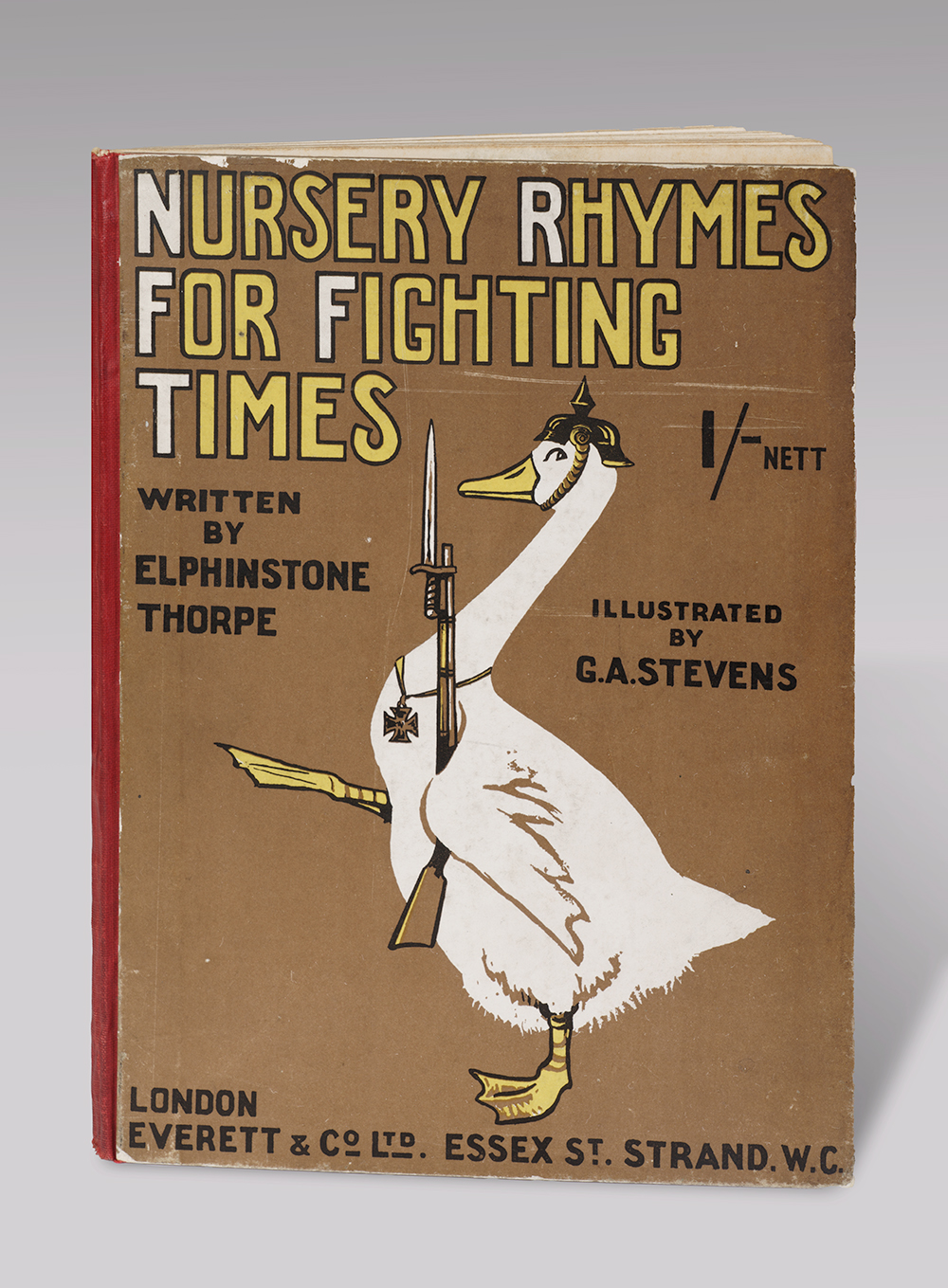
Dolly Dingle cut-outs like this one emphasized patriotic ideals for young girls.
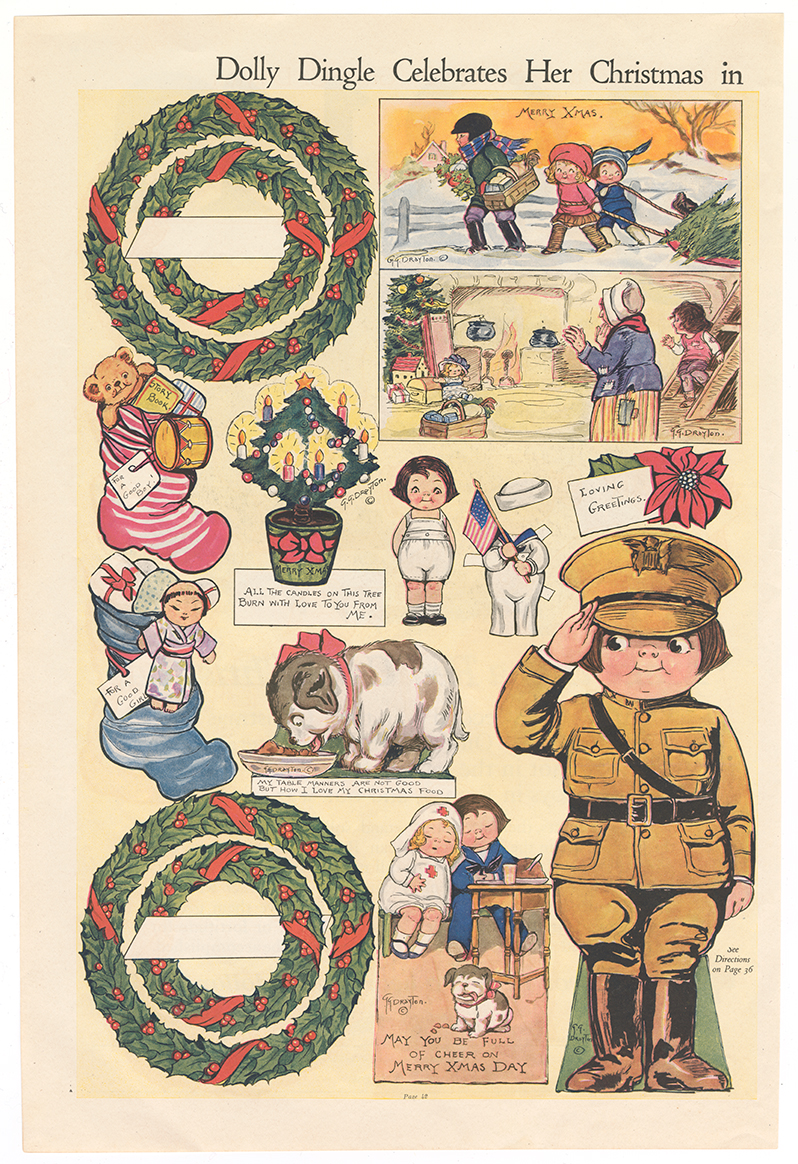
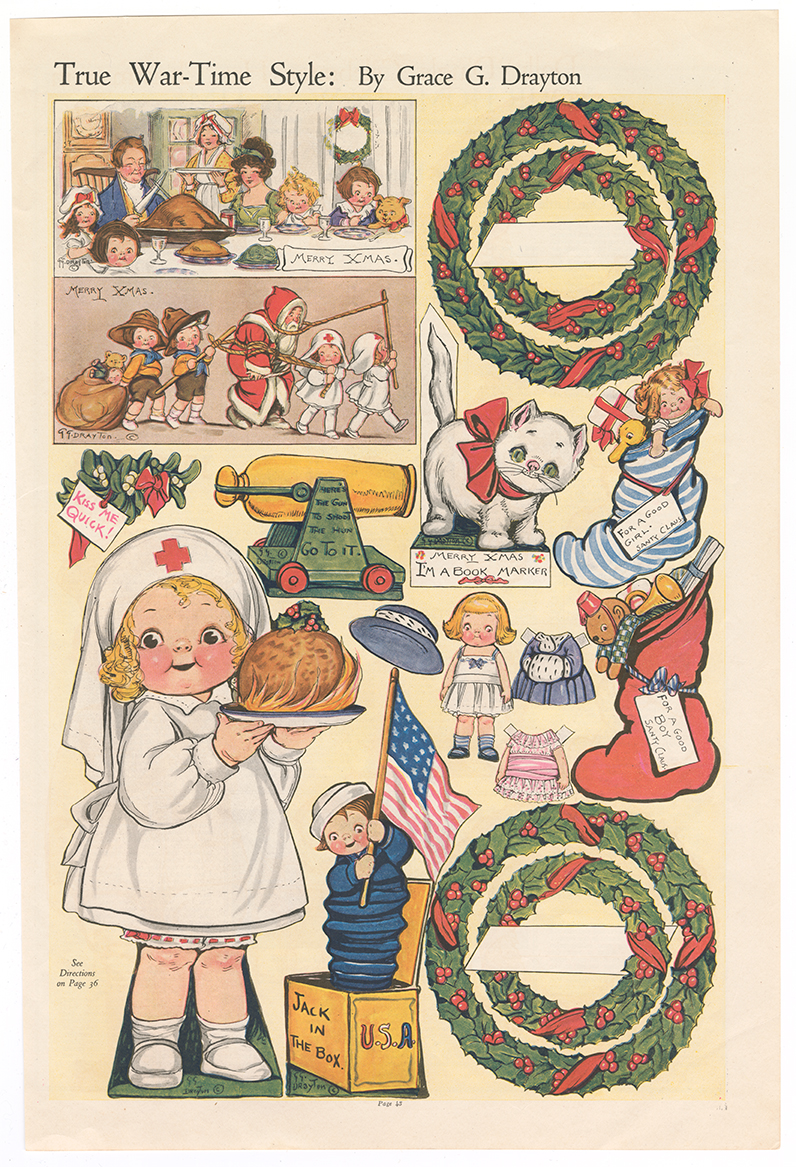
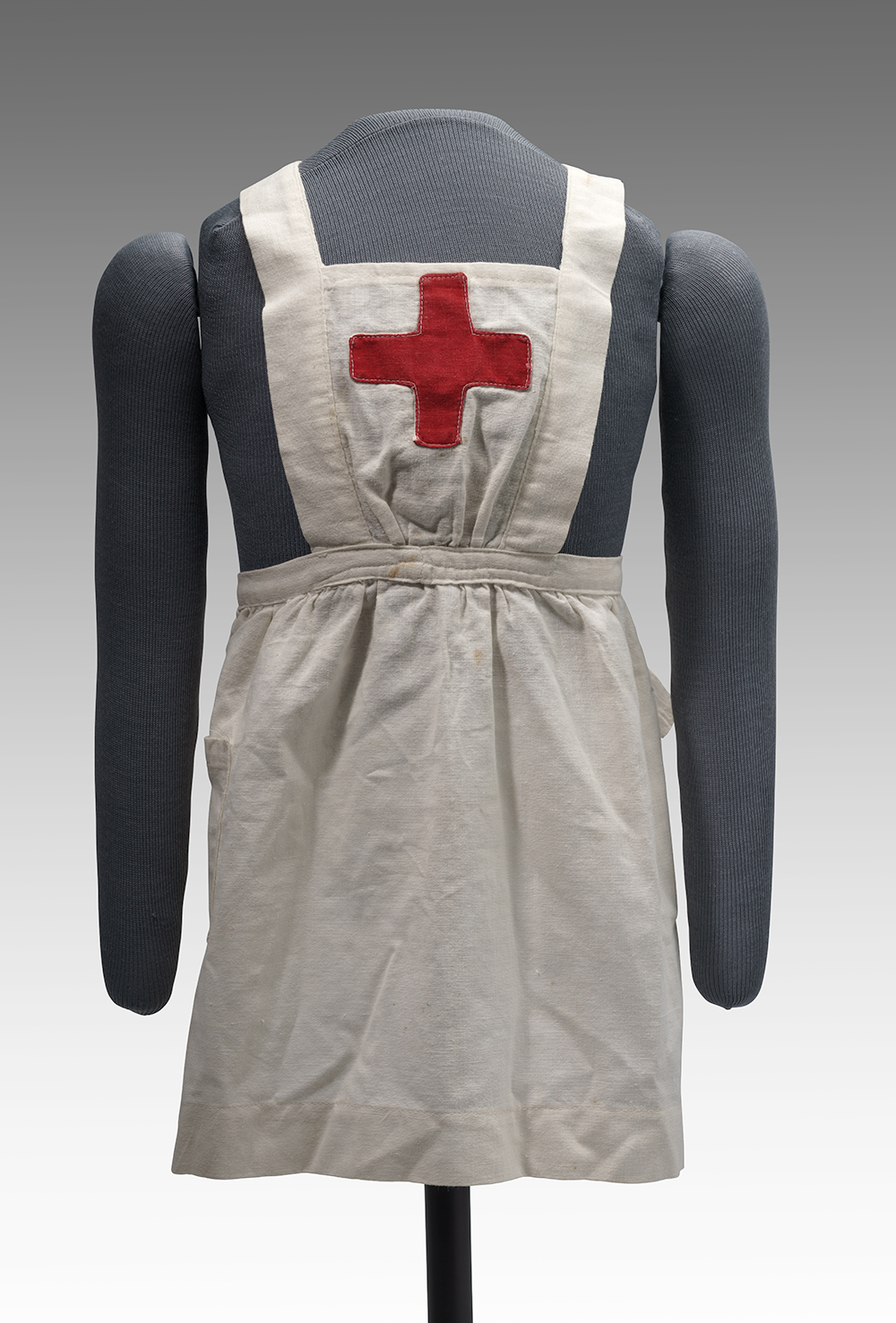
Child's play American Red Cross uniform made by Cynthia Nelson for her daughter Millicent Elise Nelson.
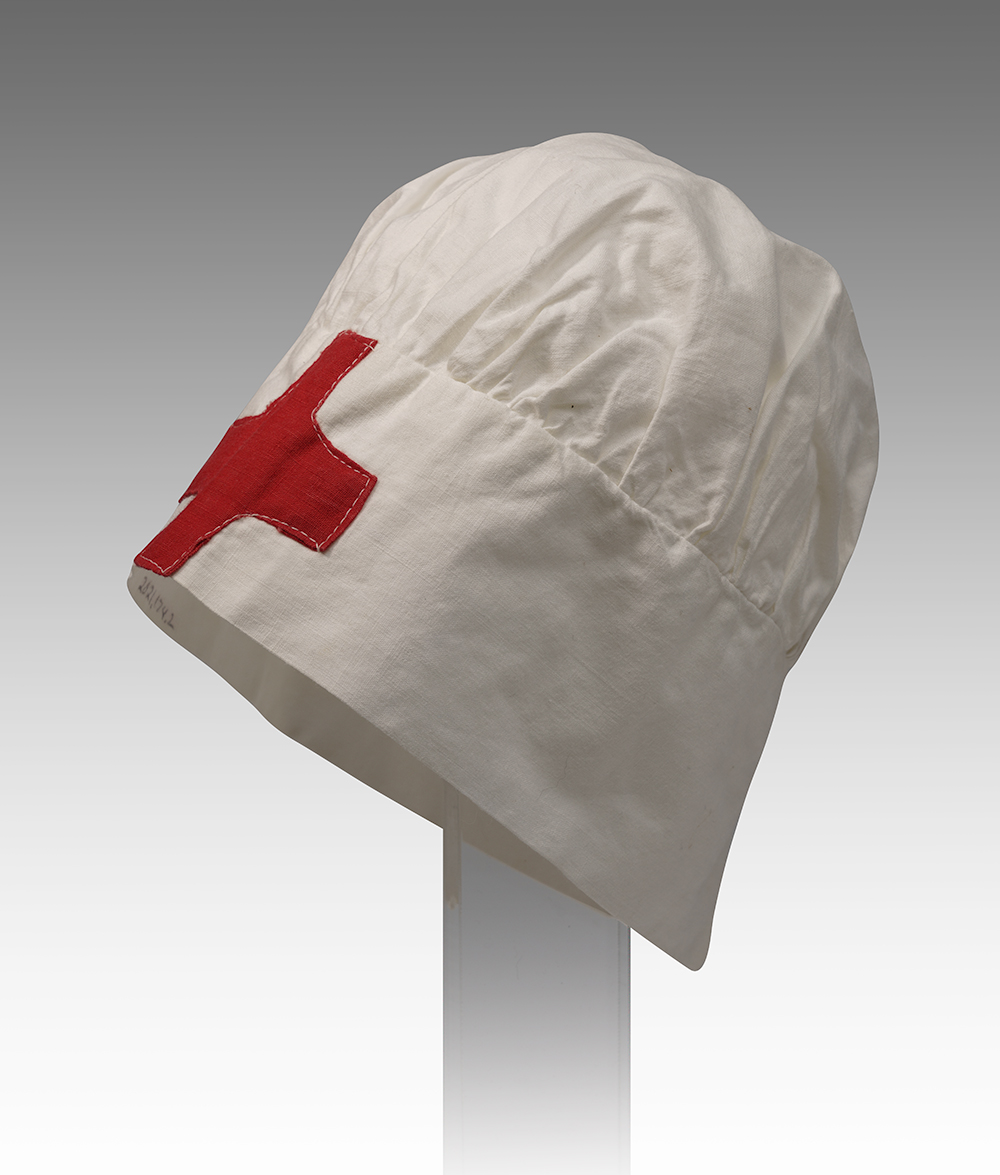
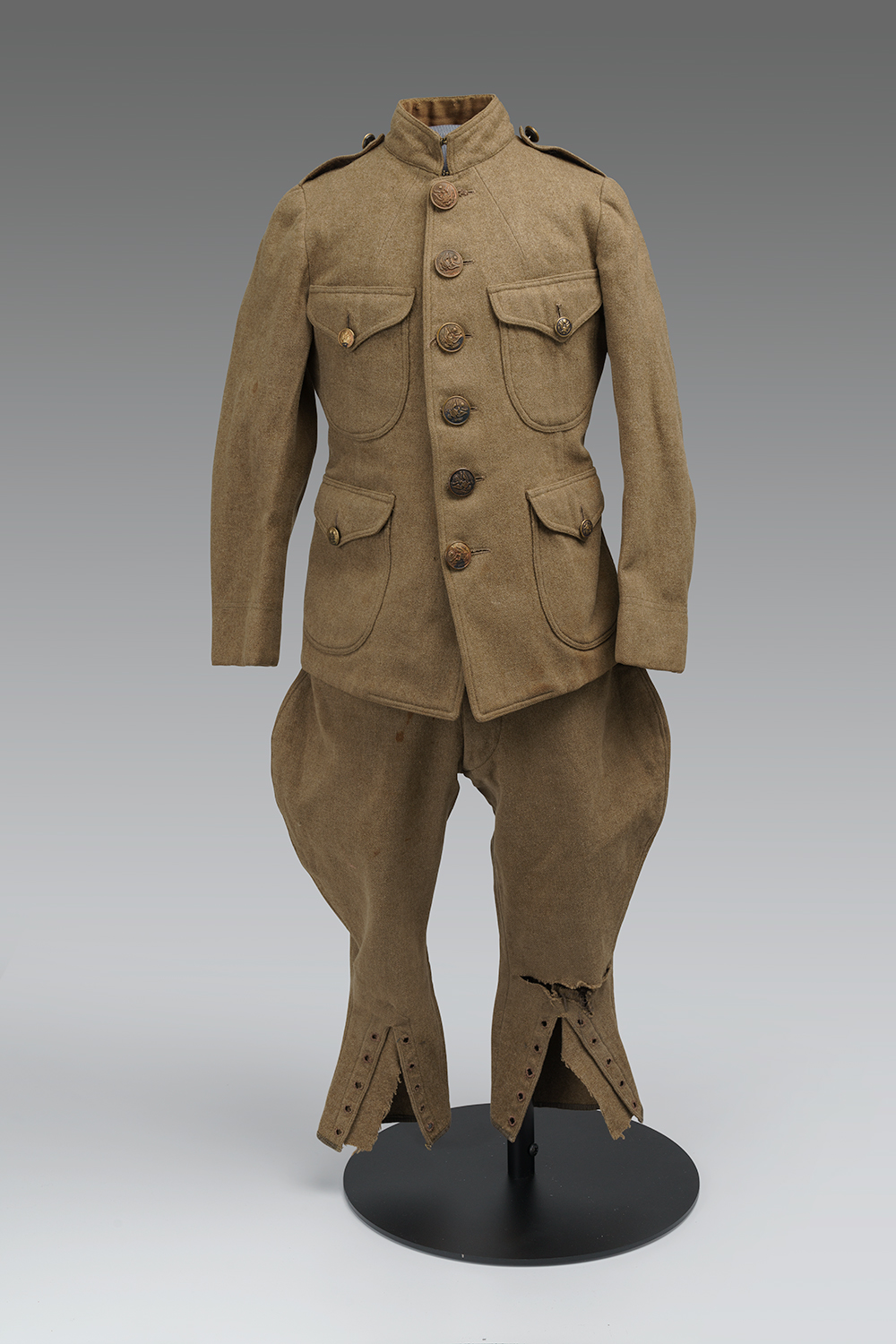
Child's play military uniform made by Michele J. Marcelli, a tailor in New Jersey, for his son Joseph D. Marcelli.
Joseph D. Marcelli wearing his play uniform.
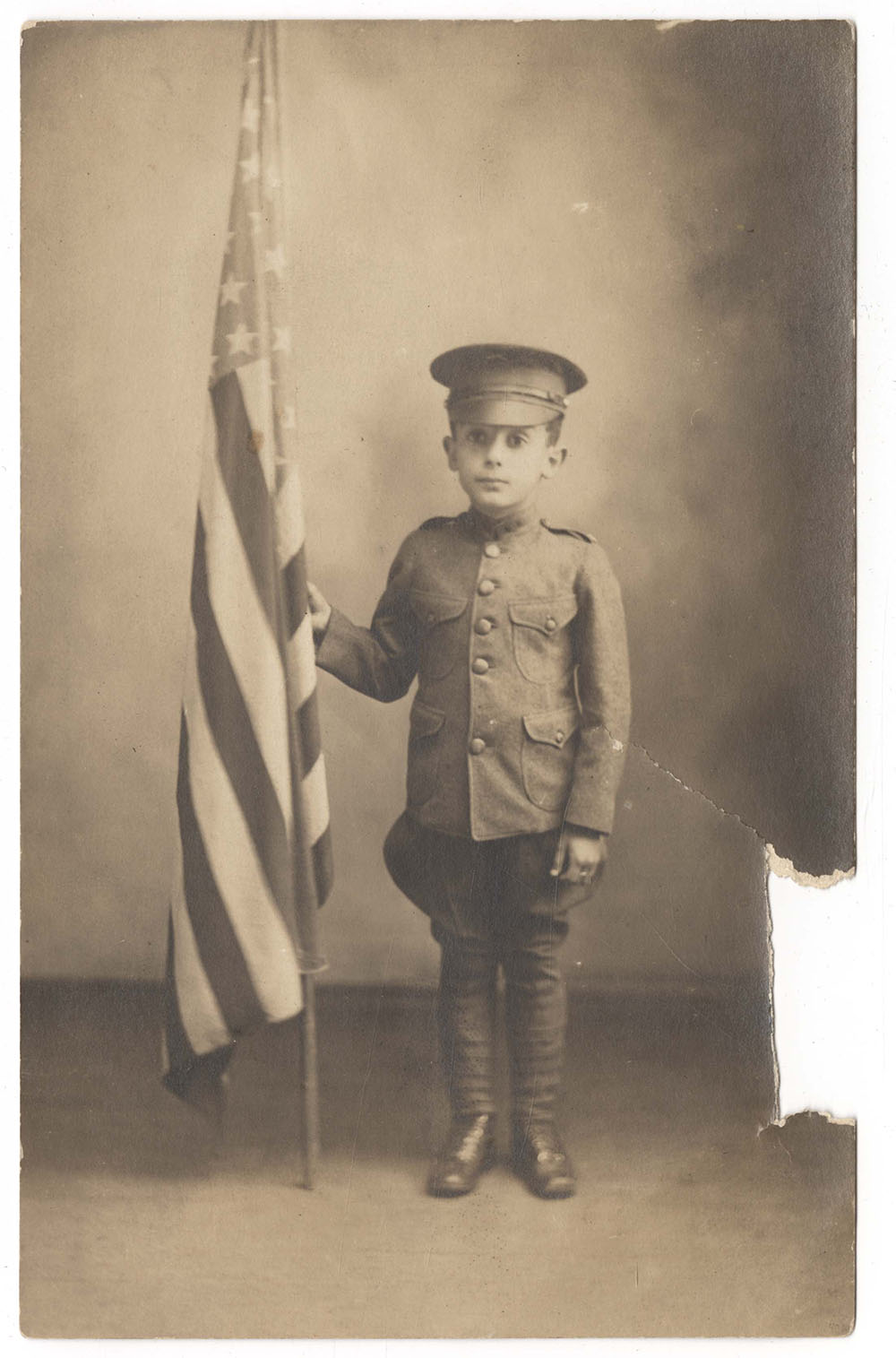
The "Liberty Boy" dolls were modeled after U.S. doughboys (soldiers). This doll was a gift for Helen Lucile Knipp.
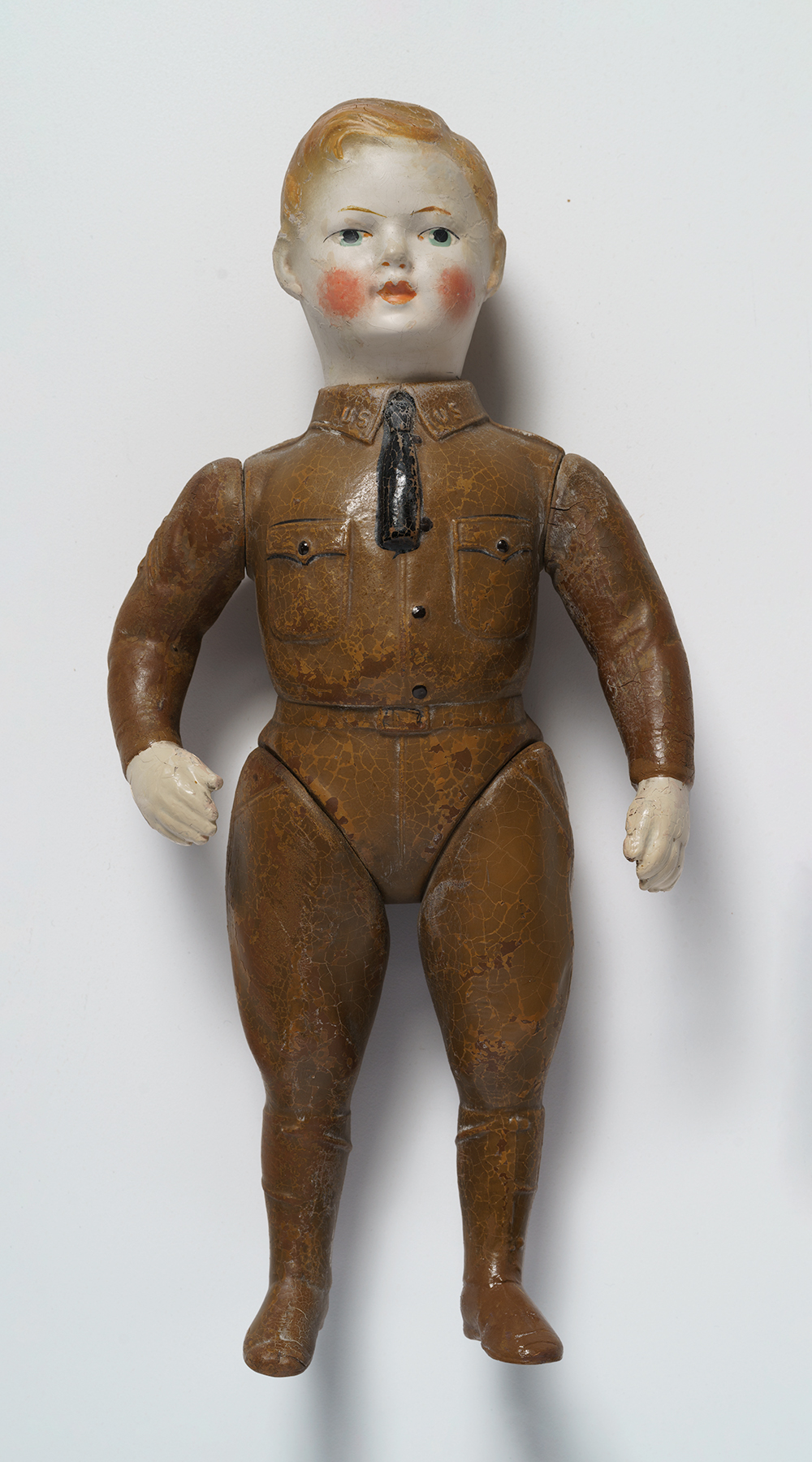
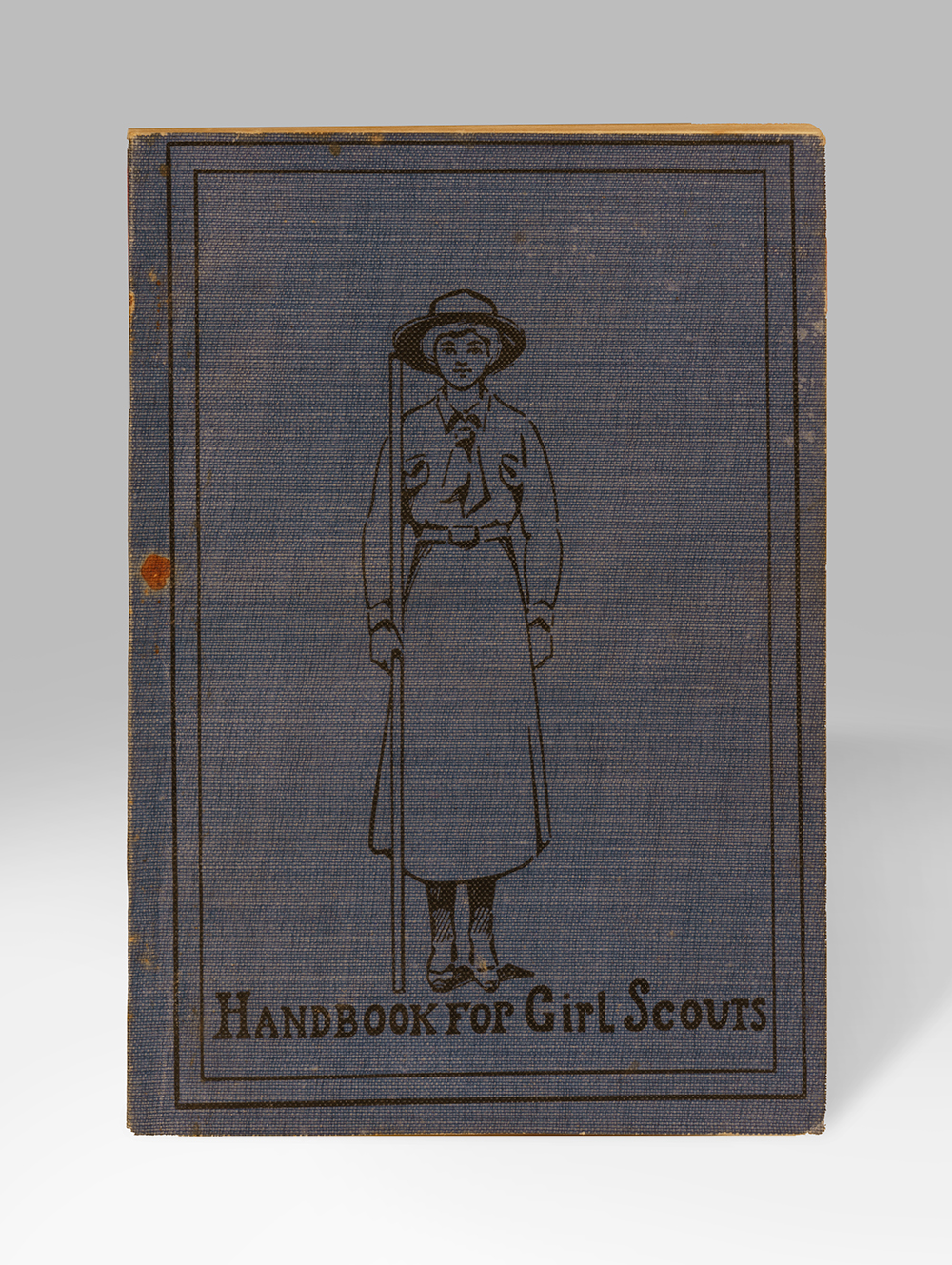
This handbook provided girls with instructions on how to earn badges and how they could help their country during wartime.
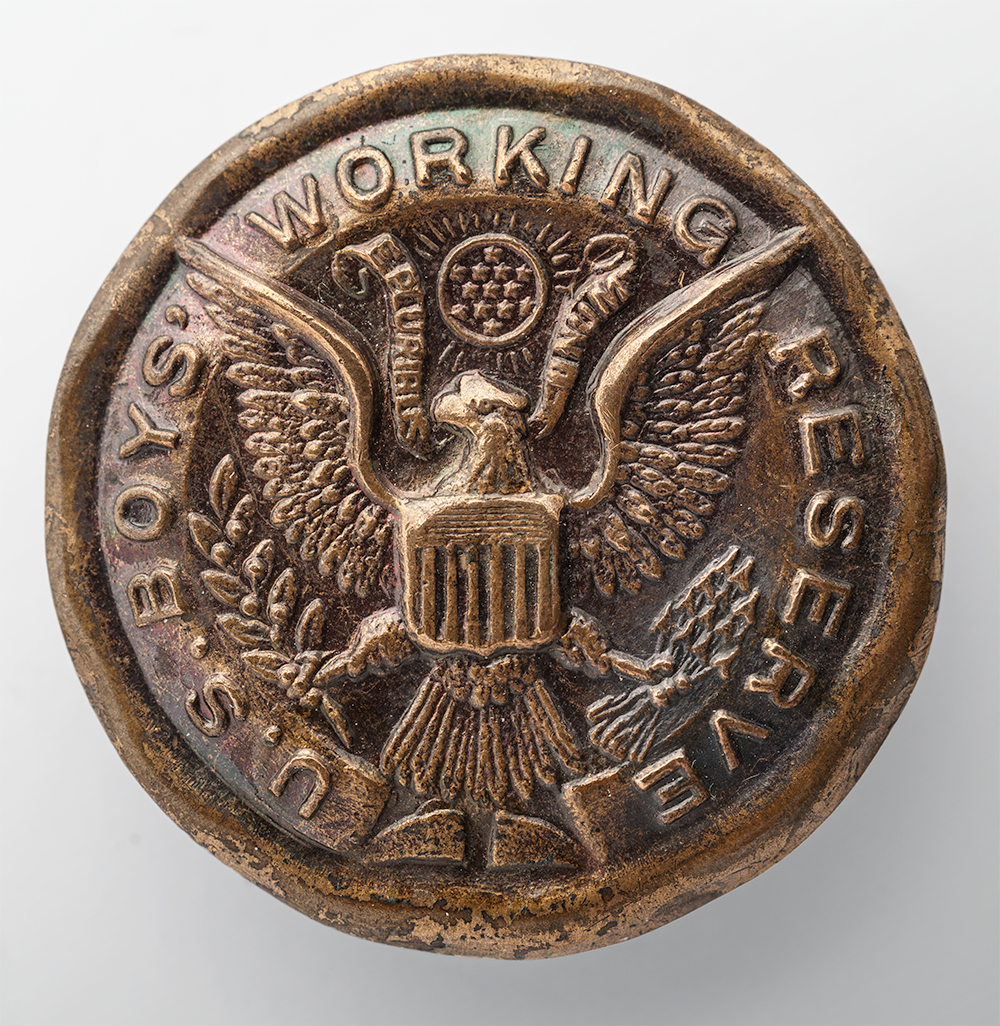
The U.S. Department of Labor issued this pin to boys who enrolled in the U.S. Boys' Working Reserve, an organization that employed boys on farms to increase food production.
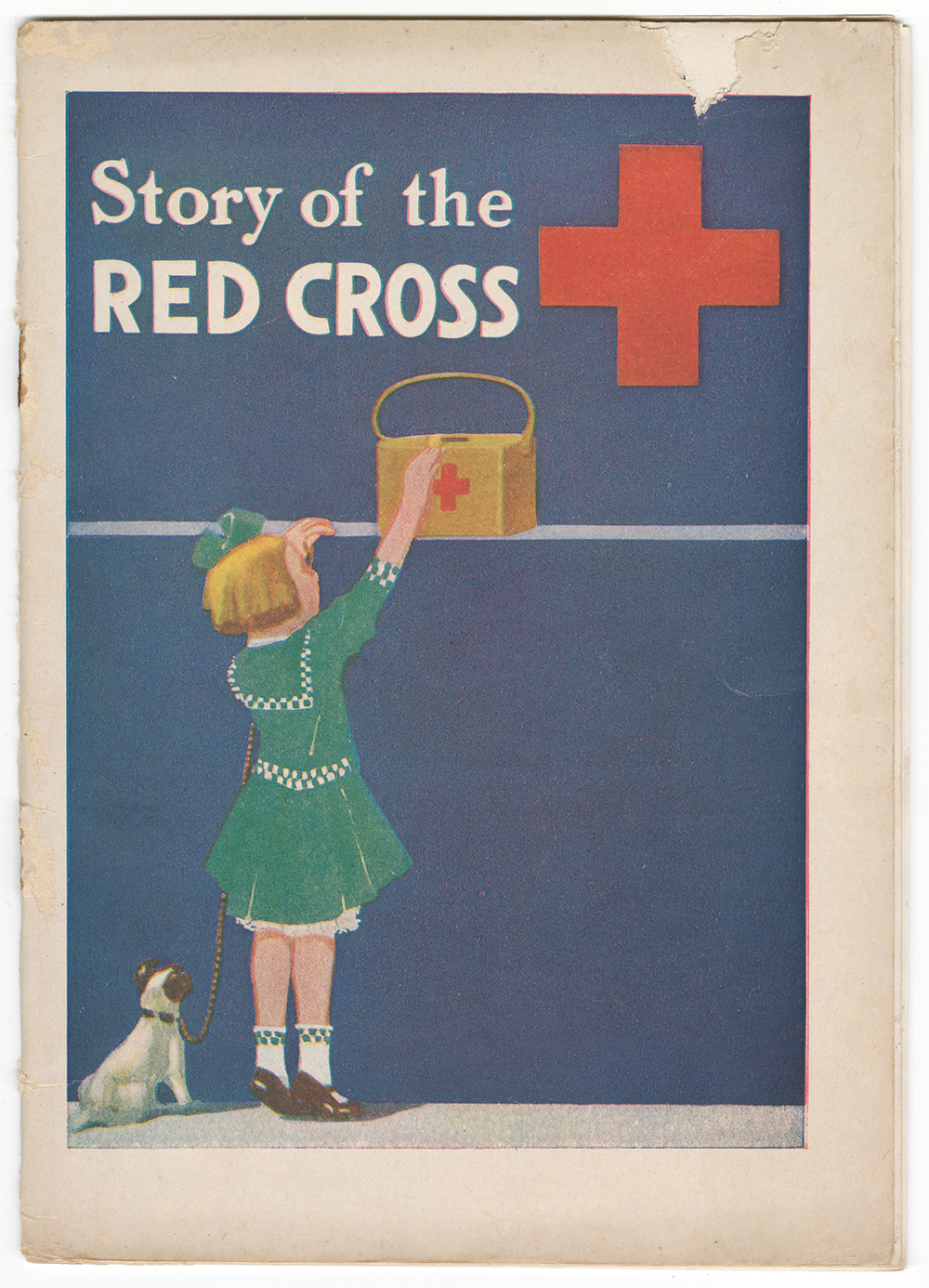
The American Red Cross published this pamphlet to educate school children on ways they could contribute to the war effort.
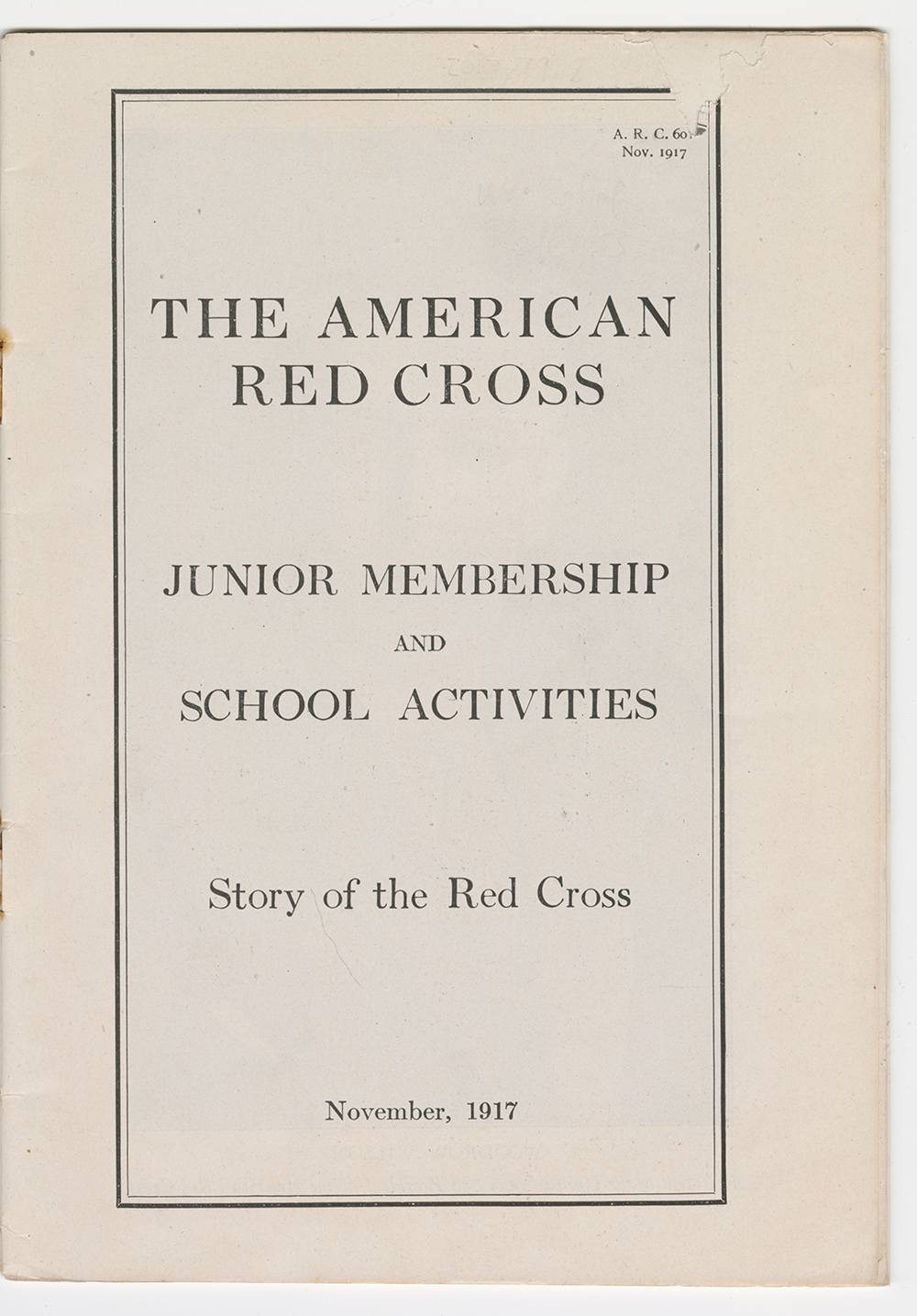
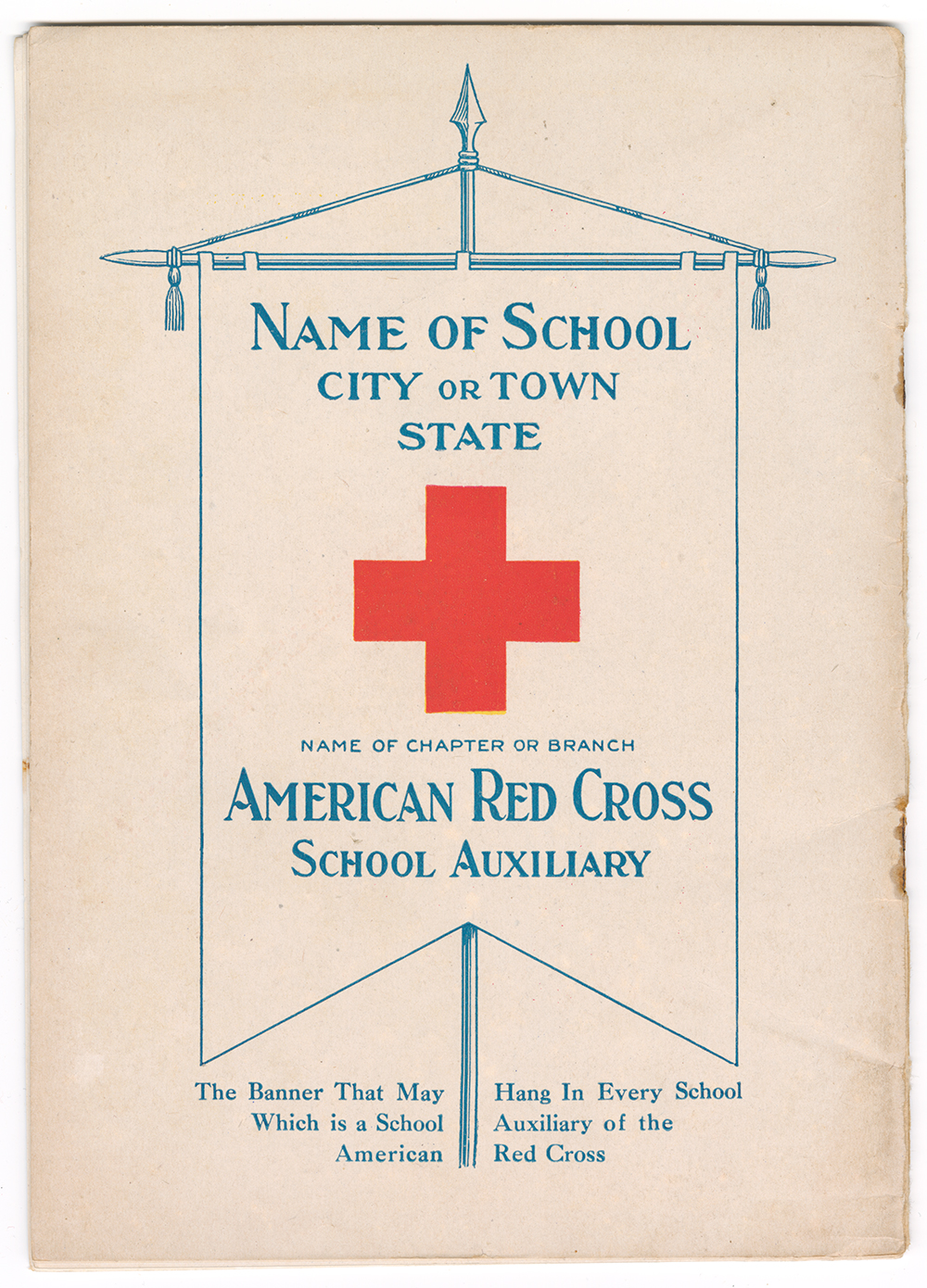
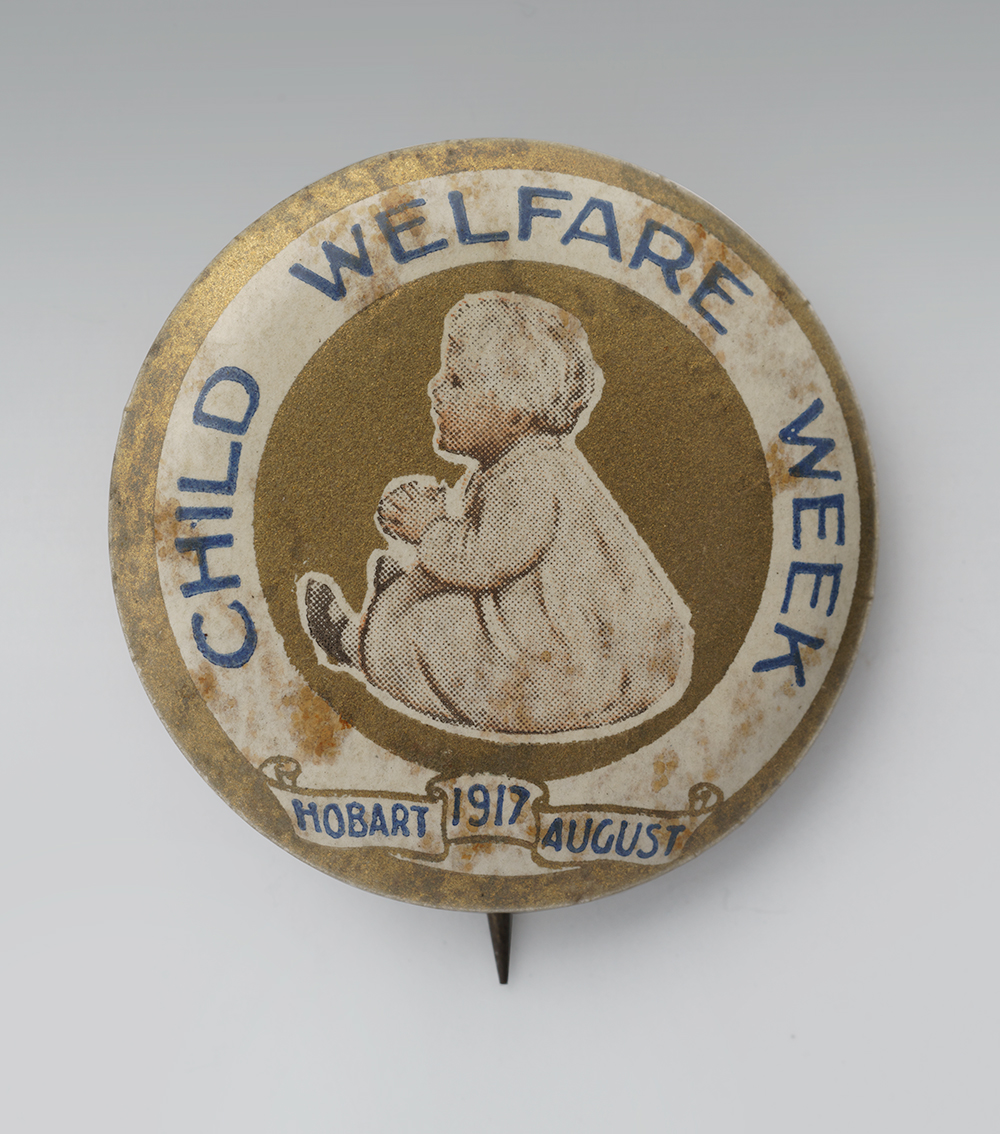
This Child Welfare Week pin was issued in Australia. Child Welfare Week was part of a larger initiative to ensure children around the world had proper nutrition and healthy lifestyles.
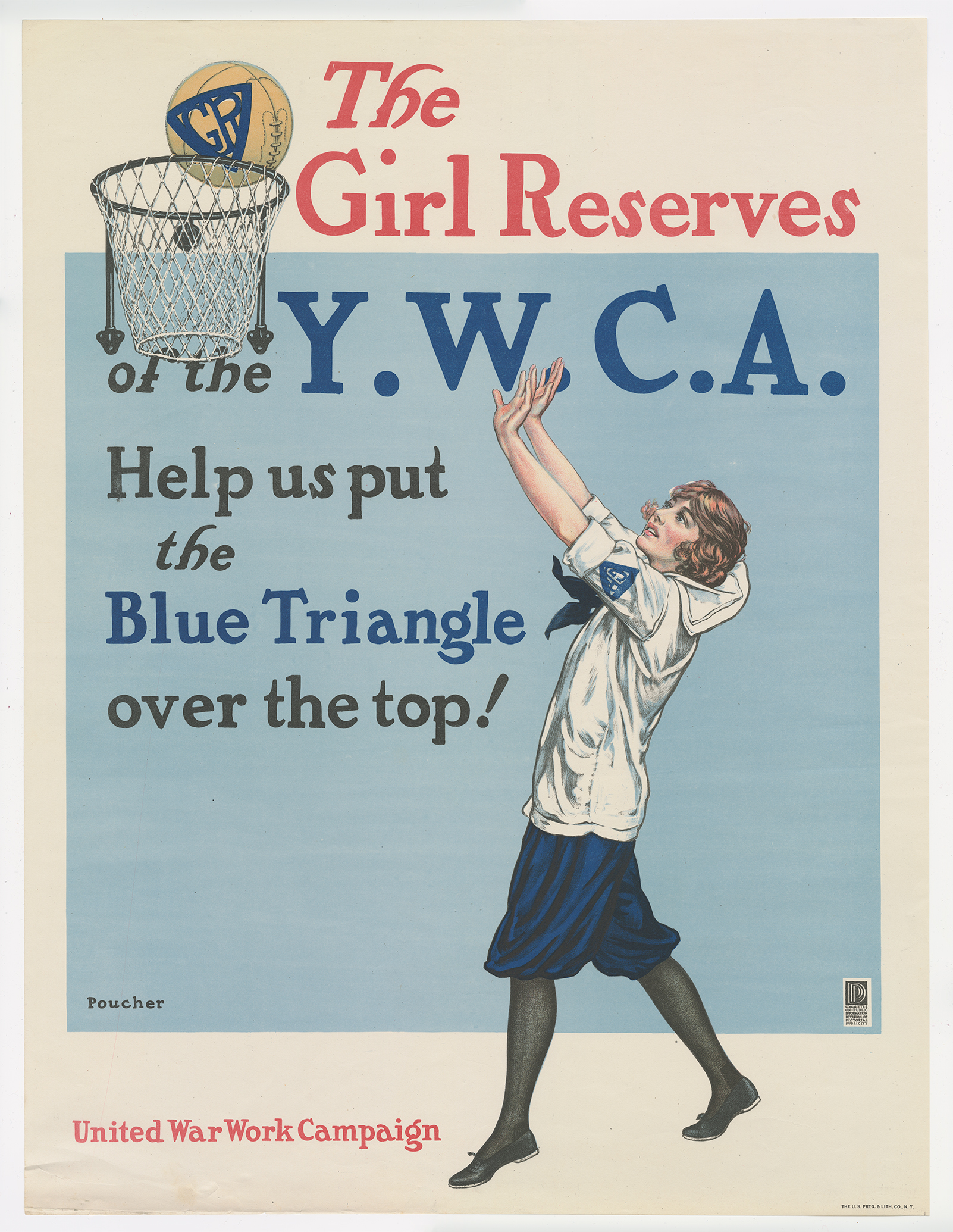
This Young Women's Christian Association poster advertises the Girl Reserves program which encouraged girls to join the World War I effort by participating in patriotic work.
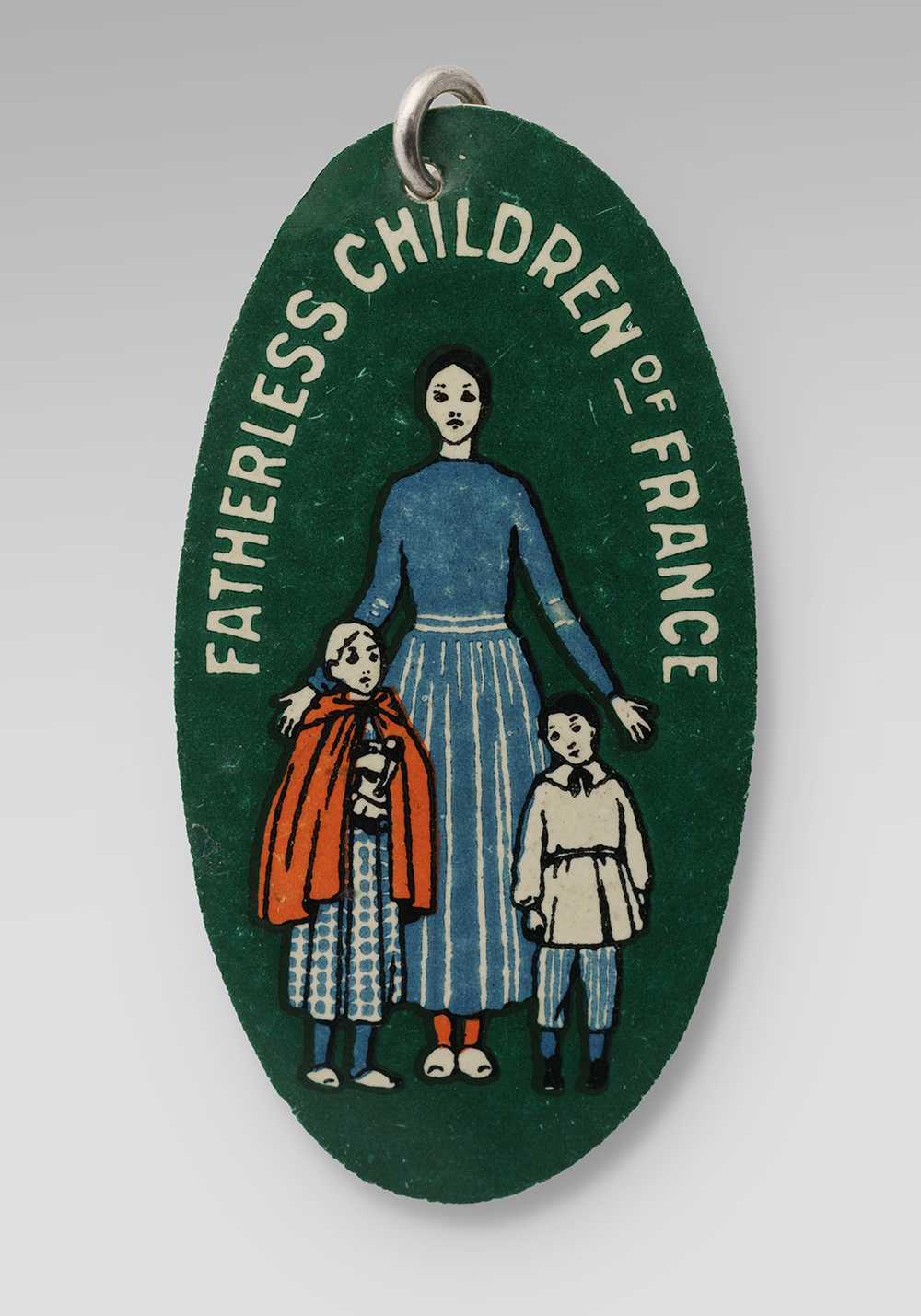
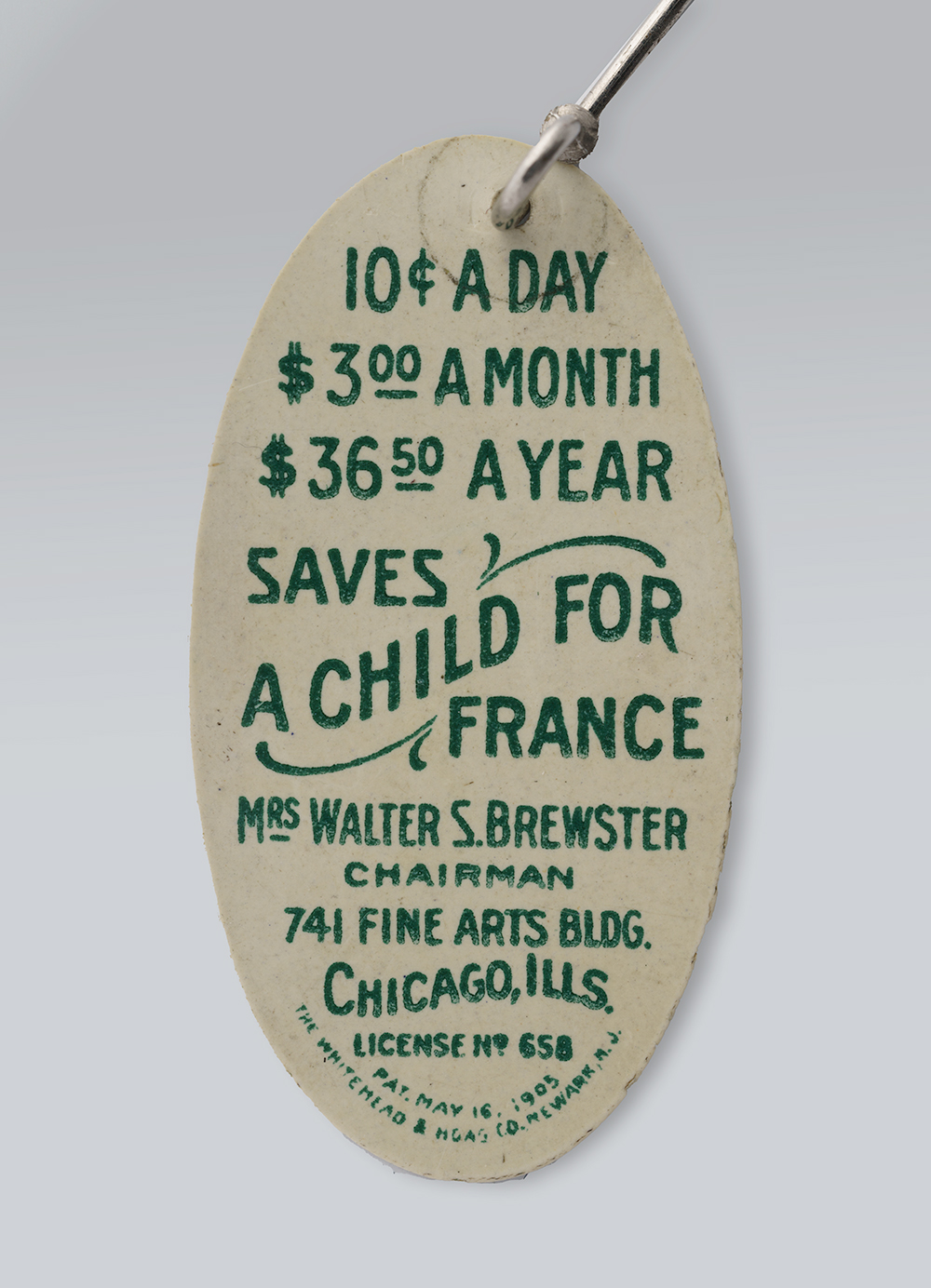
A small pin issued in support of the aid organization The Fatherless Children of France.
Molded by the first truly global conflict, the children of WWI grew into the generation that would both inflict and endure profound hardship, economic depression and world war in their turn: the Greatest Generation.
The Little War is created for children and their grown-ups to understand the Great War from a child’s perspective, using imaginative play, original toys and games, photos and other artifacts from the time period. The exhibition text is offered at two separate reading levels to ensure accessibility and comprehension. Children and adults can further explore the themes of the exhibition in a small hands-on “living room” featuring WWI-era children’s books and contemporary literature, as well as games and puzzles for play. The Little War is appropriate for all ages to discover a lesser-known part of WWI as they journey through childhood in wartime.
This exhibition is supported in part by the City of Kansas City, Missouri Neighborhood Tourist Development Fund.
